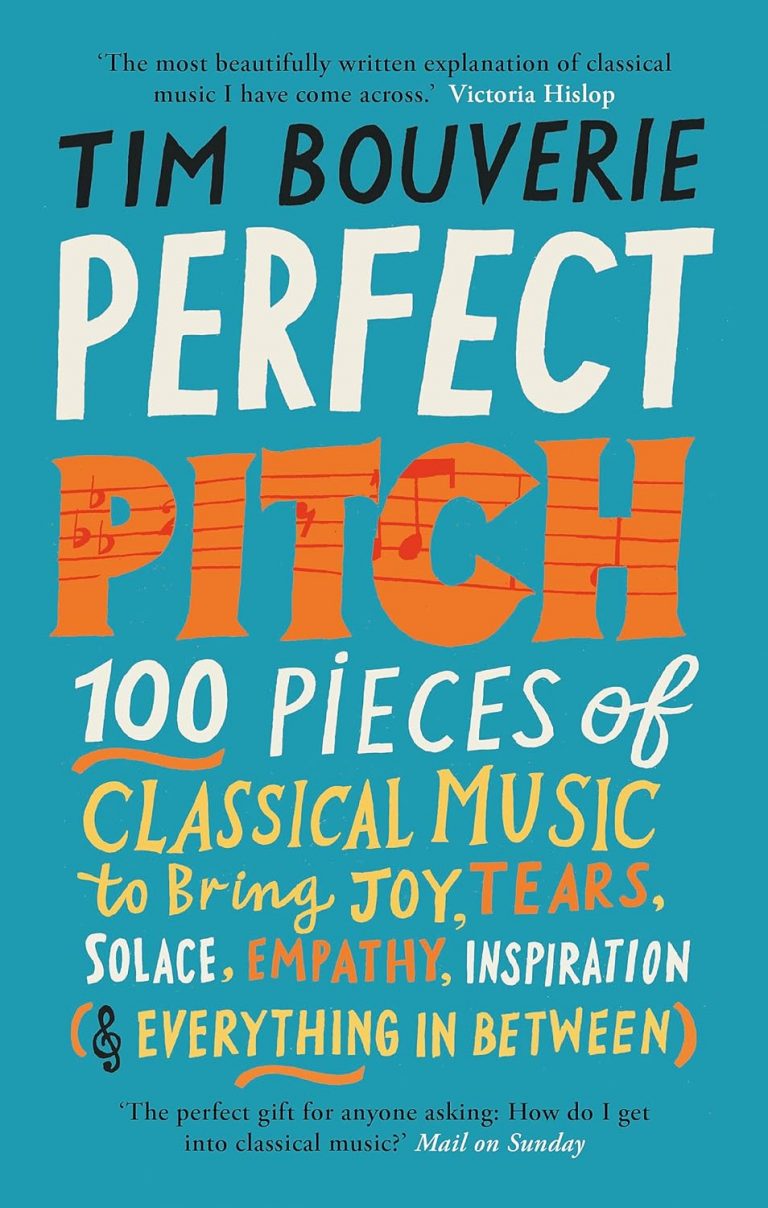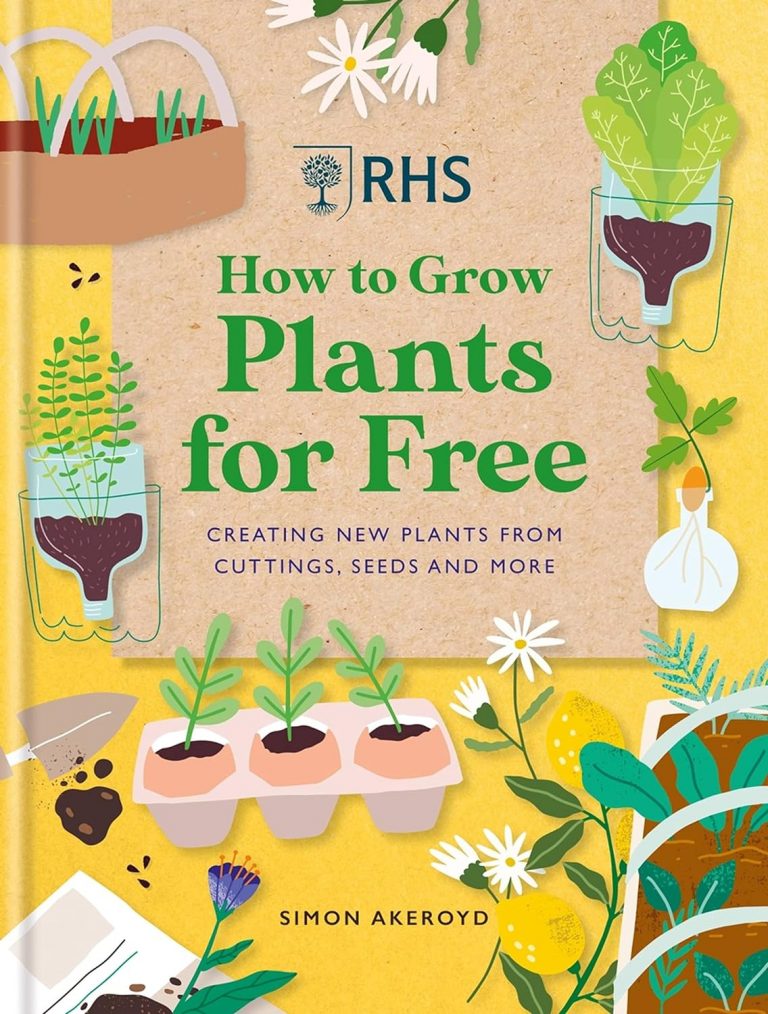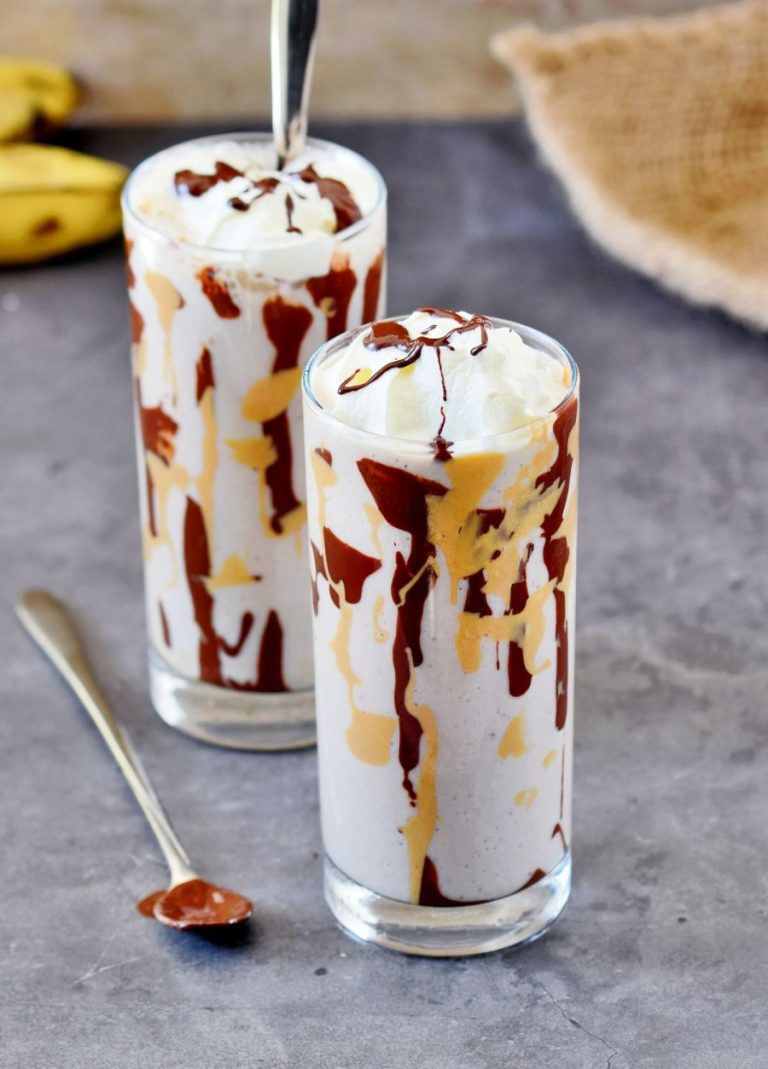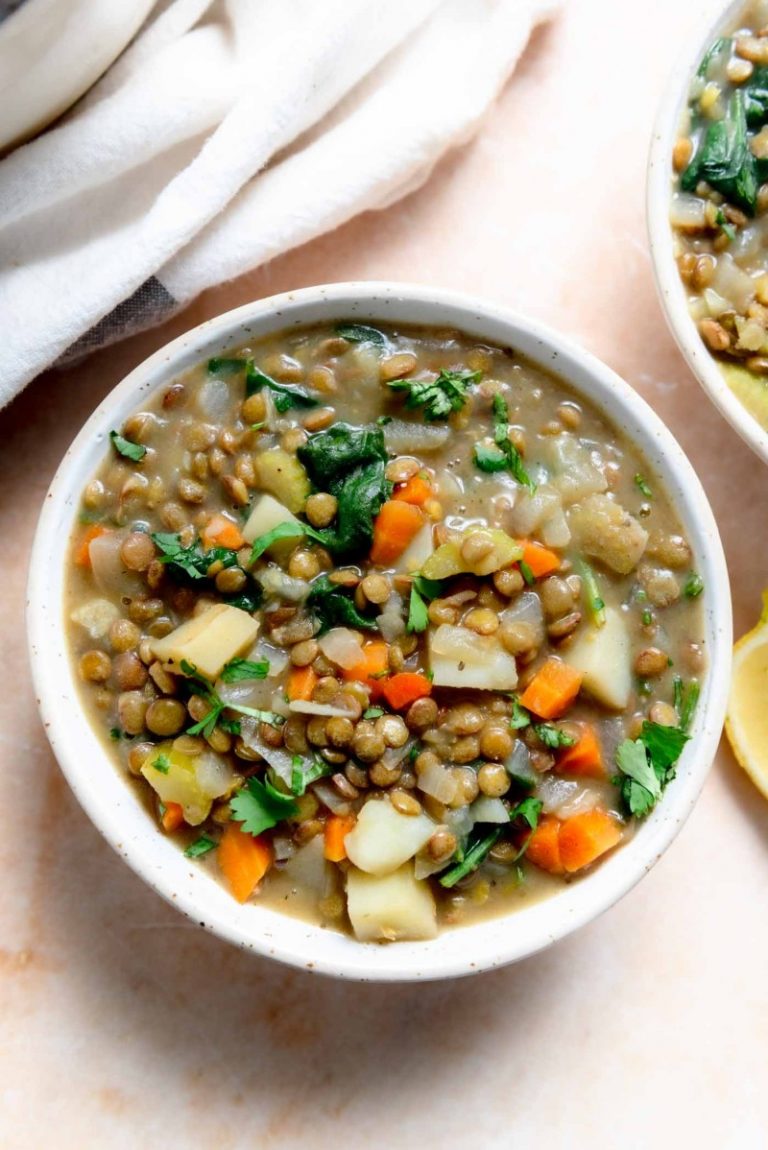![]()
Clingfilm, also known as plastic wrap, is a common kitchen staple. People use it to cover leftovers, pack lunches, or keep food fresh because it’s quick and convenient. However, clingfilm often causes issues beyond the kitchen. It can harm the environment since it doesn’t break down easily, and some types may release harmful chemicals when in contact with food.
Switching to clingfilm alternatives offers a chance to reduce plastic waste and avoid potential health risks. These options can be just as handy while being kinder to the planet and safer for your family. In this post, we’ll look at why making the switch makes sense and explore better choices for everyday use.
These reusable silicone lids are the ideal alternative to plastic clingfilm (which can’t be recycled and gets mistaken for fish food as ‘nurdles’ end up in our oceans).
The lids can also stretch, so you can fit them over bowls and jars (decant from cans to avoid food poisoning). Or even to cover half-cut fruit like onions or melon. Replace your plastic food containers, and make a positive impact today!
They are also dishwasher-safe (top shelf) and have a fresh lock lid. Sold with a 1-year guarantee, and delivered in a compostable mailer. 1 tree is planted for each order. The company also offers an end-of-life recycling service.
Clingfilm is awful stuff. It used to be made with PVC, and now it isn’t, which means it still pollutes, but now doesn’t even stick very well. Made in factories, the ‘nurdles’ end up in the oceans, where they look like fish food, so get eaten.
Clingfilm is one of few plastics that’s not possible to recycle at supermarket bag bins or kerbside recycling.
It also works out more expensive than reusable options, and is so lightweight, it easily blows away outside, to break into microplastics. Many are also concerned over the health risks of plastics leaching into food, especially if microwaving food wrapped in clingfilm.
Reusable Colourful Silicone Food Bags
![]()
MoonMoon Silicone Food Bags (use code NATURALLY10 for 10% discount) are in an array of colours, so you can easily mix and match. Designed to replace clingfilm, you can buy sets in various shapes and sizes. You can even send back used silicone bags for recycling.
These flexible, airtight pouches come in sizes for snacks, sandwiches, batches of soup, and even whole loaves. They press flat when empty, stand tall when full, and seal tight to lock in freshness. The result is less food waste and less plastic in the bin. Over time, that also means money saved, since they get used again.
Read our post on food safety for people and pets.
Key Features of MoonMoon Bags
![]()
MoonMoon bags are made from tough, food-grade silicone that handles both cold and heat. Move them from freezer to fridge without fuss. Use them for chilled fruit, hearty batch-cooked soups, or dry snacks. The material resists cracking in cold conditions, so frozen berries stay intact and bread avoids ice burn.
The airtight seal is the quiet hero. It keeps food fresher for longer by limiting air exposure, which slows down wilting and spoilage. That seal also prevents leaks. Pack sliced mango, yoghurt, or salad dressing without fear of a spill in your work bag. Parents like that the smaller sizes are ideal for school snacks, with snack pots fitting neatly inside lunch boxes when needed.
Sizes span from compact pouches for nuts, sliced veg, or toddler snacks, through medium bags for sandwiches and leftovers, to generous XL bags that stand up on their own. The free-standing shape is ideal for soups and sauces because you can fill them with both hands free.
Current ranges include small 330 ml slim pouches, large 900 ml slim pouches, and XL 2000 ml free-standing bags. Colour options include bright tones for quick sorting and clear versions for instant visibility, which some buyers prefer for labelling and easy identification.
The construction is BPA-free and non-porous, so it resists stains and odours better than many plastics. The surface wipes clean and does not cling to smells like strong curry or onion, especially with proper drying. The silicone is flexible yet robust, which helps the bags slide into tight spaces in the fridge door or stack in a drawer without cracking.
Practical design touches help day to day. Bags press flat when empty for tidy storage. They stack in the freezer, save space in a lunch bag, and wash well between uses. Reviewers highlight the overall quality and the confidence that comes with a reliable seal. Some feedback also suggests picking wider openings for bulky items like sliced bread, so choosing the XL, free-standing shape makes loading easier.
Eco-Friendly Design for a Greener Kitchen
![]()
Every household gets through hundreds, sometimes thousands, of throwaway food bags each year. Switching to reusable silicone cuts that number dramatically over the lifespan of a single bag. Fewer disposables means less plastic entering the waste stream, and fewer repeat purchases.
Silicone has a long service life, and when it reaches the end, specialist facilities can handle silicone recycling. Check local schemes or take-back programmes in your area. In the meantime, durable build quality reduces replacement needs, which is a win for the planet and your wallet.
The routine shift is simple. Use MoonMoon bags for school lunches, weekend picnics, batch-cooked dinners, and spare fruit in the fridge. Pack once, wash, and repeat. The habit sticks because it is easy.
Health and Safety Advantages for Your Family
Food-grade silicone is non-toxic and free from BPA and phthalates. It does not leach harmful chemicals into food, even when heated or chilled. That gives peace of mind for parents packing fruit, yoghurt, or hot leftovers.
Silicone is widely recognised as safe for a broad temperature range, from deep freeze up to typical baking temperatures. Many users move silicone bags from freezer to microwave or oven, and they clean in the dishwasher with no trouble. Always follow the maker’s guidance for maximum heat limits and placement, and avoid direct contact with grills or open flames. Reheating soup or pasta sauce is straightforward when you use sensible heat settings and allow steam to vent.
Practical Ways to Use MoonMoon Bags
![]()
Portion snacks for the week
- Fill small pouches with nuts, grapes, or carrot sticks.
- Label by day to remove morning stress.
- Stash in the fridge door for grab-and-go ease.
Prep sandwiches and wraps
- Use medium bags to keep bread soft and fillings fresh.
- Add a folded napkin to absorb extra moisture for salads or tomatoes.
Freeze soups and sauces
- Choose the XL, free-standing bag for easy filling.
- Cool the soup, then fill, press out excess air, and seal.
- Lay flat to freeze. Once solid, stack upright like books to save space.
Marinate tofu
- Add marinade and tofu to a bag, then seal.
- Massage gently to coat evenly and store in the fridge.
- The airtight seal helps flavours infuse without spills.
Organise the pantry
- Decant grains, pasta, or dried fruit into labelled bags.
- Clear bags make stock levels obvious at a glance.
Travel and lunches
- Pack sliced fruit, vegan yoghurt, or salad components separately to keep textures crisp.
- Slip a small bag into a school lunch or work tote without leaks.
Sous-vide cooking
- Many home cooks use silicone bags for low-temperature water baths.
- Check your device’s recommendations and follow safe cooking guidelines.
Space-saving tips
- Expel extra air before sealing to reduce bulk.
- Freeze liquids flat, then stand them upright once frozen.
- Use clear bags for high-turnover items and colour-coded bags for categories like snacks, veg, and proteins.
Care tips for longevity
- Avoid sharp bones, skewers, or cutlery that can nick the silicone.
- Do not overfill to the point of straining the seal.
- Store bags flat or upright with the seal slightly open to help airflow after drying.
Easy Cleaning and Maintenance Routines
Clean on the top rack of the dishwasher or rinse with warm soapy water. Let the bags dry fully to prevent odours, then store flat. For stains from tomato sauce or turmeric, soak in warm water with baking soda or a little cleaning vinegar, then wash as normal. If a seal feels tacky, wash the groove carefully and let it air-dry before closing. Regular, thorough drying keeps everything fresh.
Versatile Applications Beyond the Kitchen
These bags earn their keep outside the fridge too. Use them to pack toiletries for flights, store washable nappies and wipes on the go, or keep craft supplies like beads and crayons together.
They also double as reusable ice packs for lunch bags or sore muscles. One set can organise a suitcase, a home office drawer, and a child’s backpack, all while avoiding single-use plastic pouches.
How Fresh Paper Extends Food Shelf Life

Keeping food fresh at home often feels like a race against time. Whether you’re tired of wilted veg or mouldy berries, Freshglow is an amazing US invention, inspired by the founder’s Indian grandmother, who used organic spices, to keep food fresh.
The food wraps are not vegan, as they contain beeswax.
These papers (for fruits, vegetables, bread & vegan cheese) are impregnated with special blends of spices, and can keep food fresher for longer.
Beautiful Vegan Food Wraps

These vegan food wraps are made with food-grade plant-based wax and olive oil, they are made from natural cotton fabric and free from palm and soy. They can be washed and reused for six to twelve months, and then biodegrade at end of use.
Not for nut allergies. Due to flammable tree resin, keep away from heat (microwaves, dishwasher, ignitions, ovens).
Keep away from pets, due to pine wax. Read more on food safety for people & pets.
Food wraps are a bit sticky the first time you use them (the heat of your hands can soften them). You can use them to cover fresh produce (like cut onions and apples) or even keep open bottles of wine fresh.
These are cut by hand, so there may be flecks and sizes vary. Give them a quick clean in cool/cold water, before first use. Air-dry and store in a cool dry place.
Sold in a pack of 3 sizes, each one has a different print. They are made from a blend of organic cotton, jojoba oil, tree resin and carnauba wax.
To use, just activate the wraps by warming and working them into your hands. Then hand-wash with dish soap and cold water, then hang or drape to dry. Keep stored in a cool room temperature location, and reuse for up to 1 year, until no longer waxy.
Then just bin to naturally break down (they are too waxy to break down in a compost bin, and acid may harm compost creatures).
Pretty Linen Food Bowl Covers

Linen elasticated food bowl covers are a smart, eco-friendly choice for any kitchen. These reusable covers snugly fit over bowls, trays, and plates, keeping food safe and fresh without single-use plastic.
Helen Round’s Reusable Bowl Covers are made to fit different-sized bowls and offer a stylish and practical way to keep food covered, without clingfilm or aluminium foil. Made by local artisans in linen (flax), these are machine-washable to use again and again.
Use them in the fridge where (unlike plastic wrap) they still let your food breathe. These can just be wiped clean. Or launder with a microfibre filter (due to the elasticated hem).
Environmental Impact of Clingfilm
Before choosing what to wrap your food in, it’s important to understand how clingfilm affects the environment. Although it seems like a small item, clingfilm has a big impact that many people might not realise. Its widespread use adds to a growing problem with plastic pollution and waste management. Let’s break down the main environmental concerns around clingfilm and why switching makes a difference.
Plastic Waste and Pollution
Clingfilm is a single-use plastic, meaning it’s usually thrown away after one use. This small strip of plastic adds to a massive waste problem globally. Around 300 million tonnes of plastic are produced every year, and a large chunk ends up as rubbish in landfill sites, waterways, or worse, in the ocean. Clingfilm, because of its light and thin nature, often slips through recycling efforts and ends up as litter.
Plastic waste is persistent. Clingfilm does not biodegrade like organic material does. Instead, it breaks down into tiny pieces called microplastics that contaminate soil and water. These microplastics enter the food chain when fish and other animals ingest them, which eventually affects humans as well. Estimates suggest over 8 million tonnes of plastic waste enter oceans every year, contributing to the deaths of countless marine animals strangled or poisoned by plastic debris.
Here’s a quick look at why clingfilm is such a problem for plastic waste:
- Single-use and disposable: Designed for temporary use and then discarded.
- Difficult to recycle: Thin layers of plastic can clog recycling machinery.
- Litter and pollution: Often ends up outside of controlled waste streams.
- Microplastic source: Breaks down into harmful tiny particles in the environment.
Non-Biodegradability and Environmental Harm
Unlike natural materials, clingfilm doesn’t easily rot away. It can take up to 500 years to break down, sitting in the environment and causing harm for generations. Exposure to sunlight and heat doesn’t help; in fact, it accelerates chemical breakdown that can release dangerous substances.
Some clingfilm contains additives and plasticisers, chemicals that make the plastic flexible. When heated or exposed to sunlight, these chemicals can leach into the soil or water nearby. This contamination affects soil health by disrupting beneficial microbes and pollutes water sources, making it harder for plants, animals, and people to thrive.
The non-biodegradable nature and chemical risks from clingfilm combine to create long-lasting environmental damage:
- Persistent pollution: Stays in landfills or nature for centuries.
- Chemical leaching: Releases toxins when exposed to sun or heat.
- Soil contamination: Harms organisms that maintain soil quality.
- Threat to water quality: Chemicals and microplastics seep into lakes, rivers, and oceans.
Imagine wrapping your food in something that behaves like a plastic time capsule, slowly breaking apart but never truly disappearing. That’s clingfilm. The more we use, the bigger the problem grows. Switching to alternatives can help reduce this environmental strain.
Health Concerns Related to Clingfilm
While clingfilm feels convenient, it carries hidden risks that deserve attention. Many clingfilm products contain chemicals that can move into your food, especially when heated or wrapped around certain items. Understanding these risks helps you make safer choices for your family. This section breaks down the main health issues linked to clingfilm and offers advice on how to use it more safely, if you continue to use it at all.
Chemical Leaching Risks
Clingfilm often contains substances like phthalates and PVC (polyvinyl chloride). These chemicals make the plastic soft and flexible but can pose risks when they transfer from the wrap to your food. This migration happens more easily under certain conditions, such as heat, time, and the type of food being wrapped.
Phthalates are plasticisers that may interfere with your hormonal system. Some studies suggest they could affect fertility and development, though more research is needed to understand long-term effects fully. PVC is another concern because it can contain additives like plasticisers and stabilisers that are not meant to enter your diet. When clingfilm made with PVC comes into contact with fatty or acidic foods, it can release these chemicals into the food.
Food items that tend to attract more chemical migration include:
- Fatty or oily foods.
- Acidic foods, such as tomatoes, citrus fruits, and vinegar-based items.
- Hot or microwaved meals, where heat speeds up chemical movement.
These chemicals do not vanish once ingested; they accumulate in the body over time, potentially affecting your health. The idea of food safety means knowing what comes into contact with your meals. Chemical leaching from clingfilm raises valid concerns, especially with regular use.
Safe Usage Guidelines and Limitations
Clingfilm manufacturers and food safety authorities set guidelines to minimise risks from chemical migration. These rules are important to follow if you decide to keep using clingfilm occasionally.
Here are some key recommendations:
- Avoid using clingfilm with hot foods
Wrapping hot foods straight away or using clingfilm in microwaves risks melting the film and speeding up chemical transfer. Let hot foods cool down before wrapping. - Do not use clingfilm with fatty or acidic foods for long storage
Fat and acid break down plastic components more easily. Use alternatives such as glass or wax wraps for these foods. - Check the packaging for microwave safety
Not all clingfilm is designed for microwave use. Using the wrong type can release toxins into your food. - Keep clingfilm away from direct heat sources
Do not use it in ovens or expose it to temperatures above the recommended limit, usually around 70°C (160°F). - Limit clingfilm use to short-term storage at room or refrigerator temperature
Prolonged wrapping, especially at room temperature, increases chemical migration risk.
Following these simple practices reduces health risks linked to clingfilm. Still, many experts suggest using safer alternatives whenever possible to avoid any exposure at all.
By understanding the limits and chemical risks of clingfilm, you can make smarter, safer choices in your kitchen. Choosing alternatives will help protect your health while still keeping your food fresh.
Benefits of Using Clingfilm Alternatives
Switching to clingfilm alternatives is more than just a trend. It’s a practical way to care for the environment and your health without giving up convenience. These options offer unique advantages like reusability, natural materials, and the absence of harmful chemicals. They help reduce plastic waste and keep your food fresh in a safer way. Here’s a look at some popular alternatives and what makes them better choices in everyday use.
Silicone Food Covers and Bags
Silicone covers and bags offer a stretchy, durable alternative to clingfilm. Made from food-grade silicone, these products safely handle both hot and cold items. Unlike plastic wrap, silicone won’t tear easily or degrade after multiple uses. You can stretch silicone covers over bowls or containers, creating a tight seal that keeps food fresh.
Silicone bags replace single-use plastic piping bags or sandwich wraps. They are dishwasher safe and can go in the freezer or oven, offering high versatility in the kitchen. Since silicone is non-toxic and BPA-free, it does not leach chemicals into food. This makes silicone a smart investment for anyone who wants something tough, reusable, and safe for everyday meals.
Plant-Based and Compostable Wraps
Plant-based wraps generally use cellulose or other natural fibres from plants, creating a biodegradable alternative that breaks down naturally after use. These wraps feel much like traditional clingfilm but without the environmental baggage. Once discarded, they degrade safely in compost bins or soil, avoiding the long-lasting plastic pollution clingfilm causes.
These wraps are often free from synthetic ingredients, dyes, and plasticisers. They offer a cleaner, greener way to cover food, especially for those wanting to reduce plastic waste but still need something thin and clingy for convenience. Using plant-based wraps is a practical step towards a low-waste kitchen while staying flexible with your food storage needs.
Simple DIY and Household Alternatives
Not every alternative needs to be fancy or expensive. You can use everyday items around the house to replace clingfilm effectively. Containers with snug lids are the easiest and most reliable option. Glass, ceramic, or BPA-free plastic containers keep food airtight without wrapping at all.
Cloth covers, like reusable cotton or linen cloths, can also seal bowls or wrap vegetables. Layering parchment paper works well for wrapping sandwiches or vegan cheese, providing a grease-resistant barrier with no plastic involved. For short-term storage, these DIY solutions are easy, affordable, and reduce single-use waste instantly. Plus, they often lead to a more organised, minimalist kitchen.
Using clingfilm alternatives isn’t just about switching materials; it’s a lifestyle change that helps protect your body and the environment. These options combine convenience, safety, and sustainability, making it easier than ever to say goodbye to plastic wrap.
How to Transition from Clingfilm
Switching from clingfilm to alternative wraps takes a bit of planning but pays off in freshness and reduced waste. It’s not just about replacing one product with another; it’s about changing how you store food with smarter, greener choices.
With the right approach, you’ll find alternatives that suit your lifestyle, keep your food fresh, and help cut down on plastic use consistently. Let’s look at how to choose the right wraps, care for them properly, and improve your overall food storage habits.
Assessing Your Needs and Choosing Suitable Alternatives
Start by thinking about what you usually wrap and store. Different foods have different needs depending on their texture, size, and how long you want to keep them fresh. This simple step helps you pick the right option every time.
- Consider the food type:
Soft, moist foods like carrot cake benefit from wraps that breathe well, such as vegan food wraps.. They stop moisture from making the cake soggy while keeping it covered. For something denser, like banana bread, a snug silicone cover or reusable bowl lid works well to maintain freshness. - Look at size and shape:
Large or oddly shaped items might be tricky to cover with a single wrap. Vegan food wraps are flexible and can mould to many shapes, but for bulky leftovers, reusable silicone lids or containers with tight lids often provide a better seal. - Think about storage duration:
If you plan to consume food quickly (within a day or two), lightweight alternatives like plant-based wraps or cloth covers can do the job. For longer storage, such as a courgette cake or gingerbread, jars, containers, or thicker silicone covers help keep air out and slow spoilage.
Knowing these factors allows you to match your wraps thoughtfully so your food stays fresh longer without needing clingfilm. Giving certain foods a suitable wrap makes a big difference in quality and waste reduction.
Caring for and Maintaining Reusable Wraps
Reusable wraps deserve proper care to keep them in good shape and ensure they last through many uses. Treating them well also keeps your food safe and clean.
- Cleaning:
Most vegan food wraps clean easily with cool water and mild soap. Avoid hot water or scrubbing hard, which can break down the wax coating. Silicone wraps and lids can usually go into the dishwasher or be washed in warm water with regular dish soap. - Drying:
Let wraps air dry fully before storing to prevent mould. Spread cloth or vegan food wraps flat or hang them to dry. - Storage:
Store wraps in a cool, dry place away from direct sunlight. Folding vegan food wraps loosely in a drawer or a breathable bag avoids creasing or cracking. Silicone wraps and bags should be stored dry and folded neatly in a cupboard.
With regular care, these wraps can last for months or even years. Keeping them clean and dry maintains their stickiness and flexibility, making your switch from clingfilm smoother and more sustainable.
Reducing Waste with Proper Food Storage Practices
Boosting the impact of clingfilm alternatives starts with how you store food in the first place. Proper storage can slow spoilage and keep your kitchen waste to a minimum.
- Wrap food promptly and correctly:
Cover leftovers like courgette cake with a suitable wrap or airtight container as soon as you finish serving. This keeps out air and moisture that speed up spoilage. - Use portion sizes:
Cut larger baked goods such as gingerbread into smaller pieces and store them separately. This way, you only expose what you need, keeping the rest fresh longer. - Keep your fridge organised:
Storing wraps and containers where you can see them helps you use food before it goes off. Rotate items so older leftovers get eaten first. - Avoid over-washing produce:
Washing vegetables like courgettes before storage can cause them to spoil quickly. Wrap them gently without washing until just before use.
Changing how you store food, along with using the right wrap, reduces waste significantly. Your food will stay fresh and tasty longer, and you won’t need to throw away as much. This small shift in habits creates a big difference over time.






